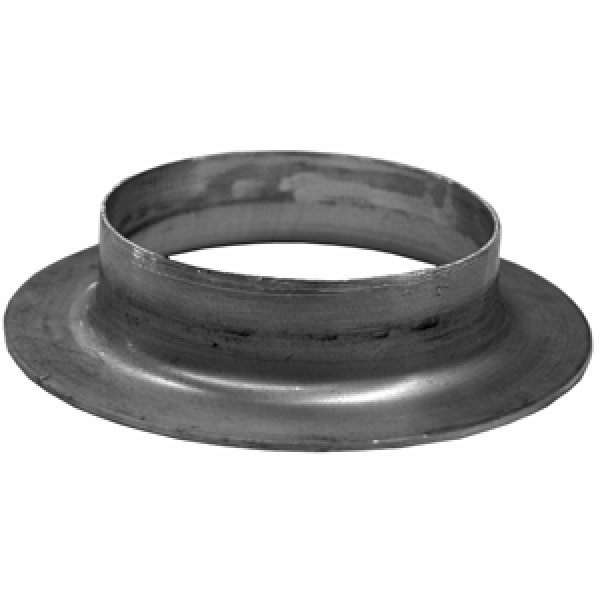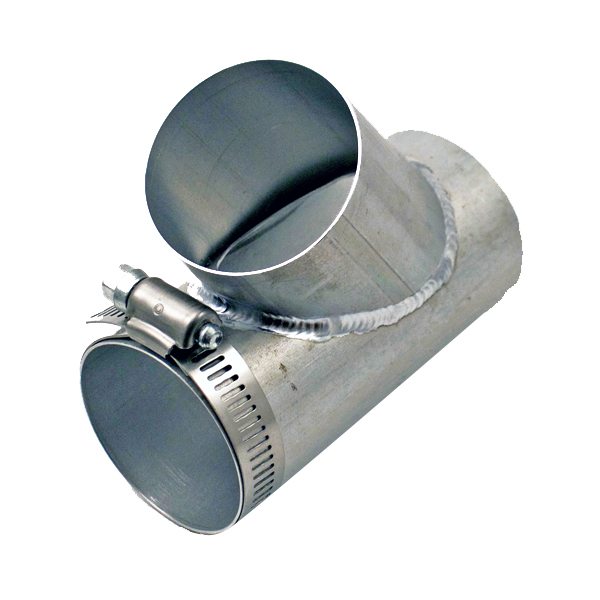I am in the process of designing my cabin heat air flow and need some ideas. My current plan is to have a single flange in the nose bowl to collect air and then a “Y” connector to divert to the two separate exhaust muffler heat sources. For the record I have two of the flanges as I had planned to have one for each side, and this is still doable if it uncomplicated the process
Flange
Y-Connector
My problem is once all is attached from the nose bowl to the two respective exhaust/muffler locations how do I detach things to remove my lower cowl for oil changes and engine inspections? I am sure you guys have solved this problem previously, but I can’t conjure up a good plan so far.
I am visual, so photos help
Flange
Y-Connector
My problem is once all is attached from the nose bowl to the two respective exhaust/muffler locations how do I detach things to remove my lower cowl for oil changes and engine inspections? I am sure you guys have solved this problem previously, but I can’t conjure up a good plan so far.
I am visual, so photos help





Comment